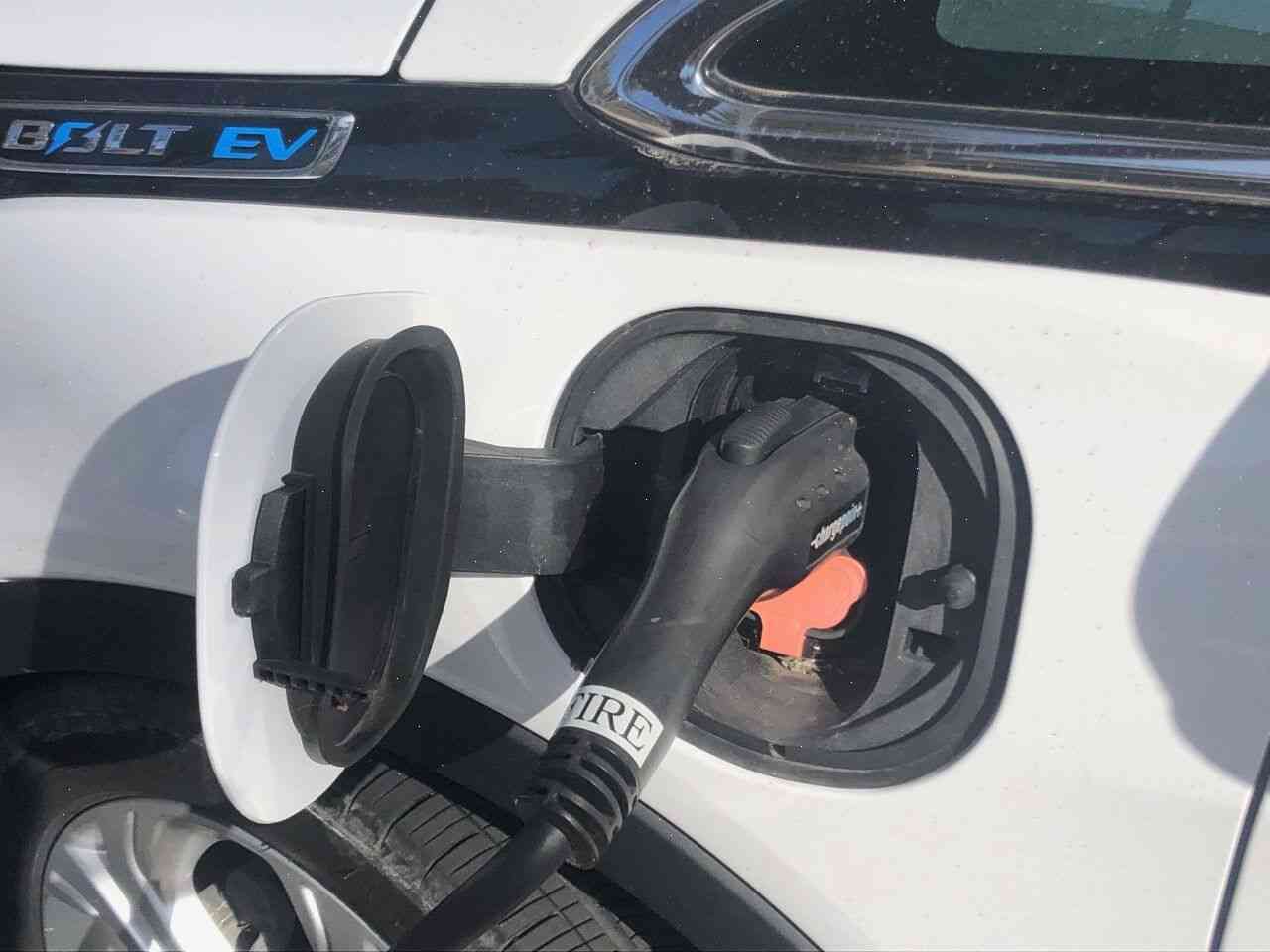California needs to charge electric vehicles during day, not night, to save grid, study says
California’s power grid is struggling to respond to a record-sized increase in electricity demand this summer, from both people and vehicles, which has taken a heavier toll than expected on the state’s aging transmission lines, a new study says.
Transmission lines play an important role in the flow of large amounts of electricity between regional producers and consumers across the state, from Southern California to Northern California and, in the south, from the Bay Area to the Pacific Northwest.
California’s grid runs on an entirely different kind of transmission grid called a “distributed generation” system, which essentially involves spinning wheels that distribute the electricity generated by large, complex but reliable energy generators like those at San Onofre Nuclear Generating Station in San Diego County.
During the hot days of summer, about 20 percent of the power used by California’s grid comes from large power plants with large amounts of pollution-generating emissions.
“The grid is at an all-time high,” said Jeff Smiley, a senior vice president with the Electric Power Research Institute, a national public-interest electric and nuclear power research organization based in Boulder, Colo.
The state’s power grid is a “power transmission grid,” and not a “power generation grid,” Smiley said, as the two can and should be managed separately.
During the peak summer months, Smiley and others believe that power generated from big power plants is responsible for about two-thirds of the increased demand on California’s power grid this June. Those power plants typically don’t have dispatchable power plants like those at San Onofre, which gives people at the end of a line an idea when it is time to charge up, because the power comes over the lines at peak times.
About 20 percent of the increase in power use

